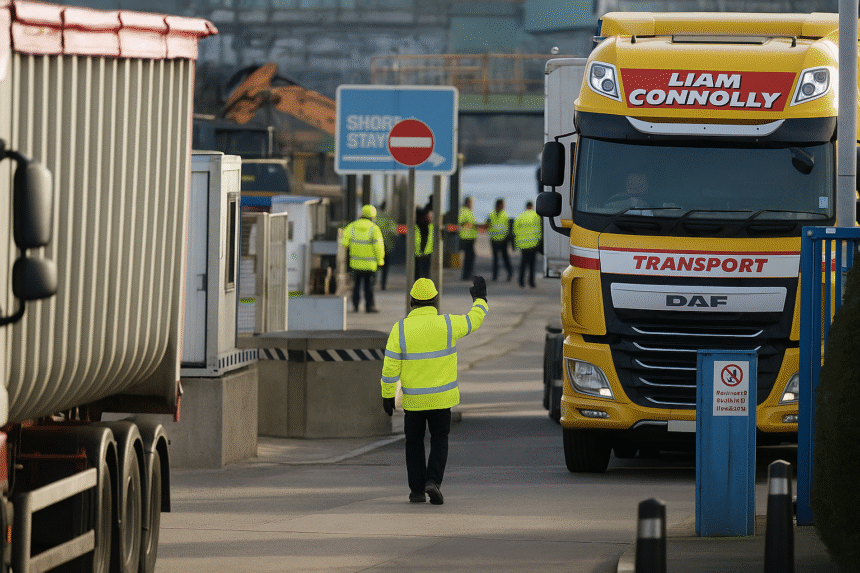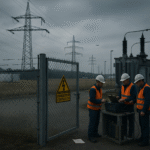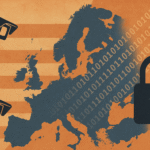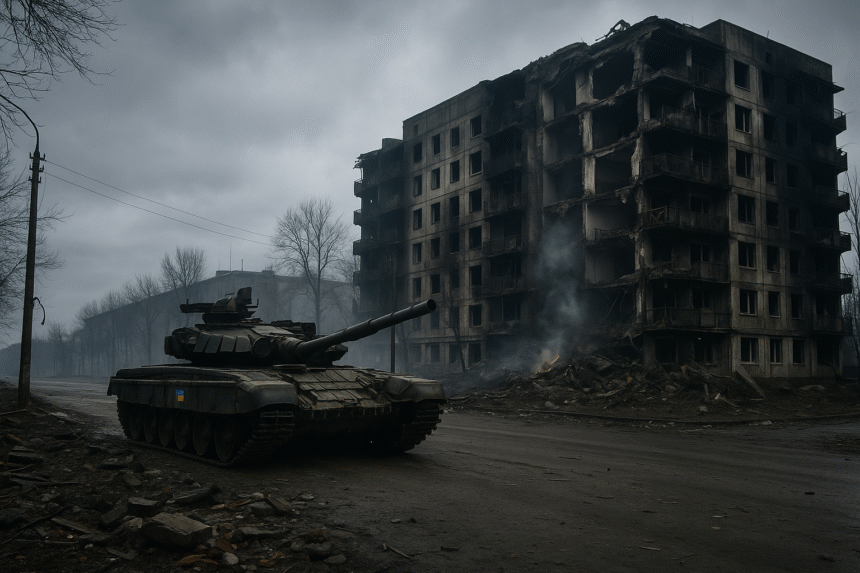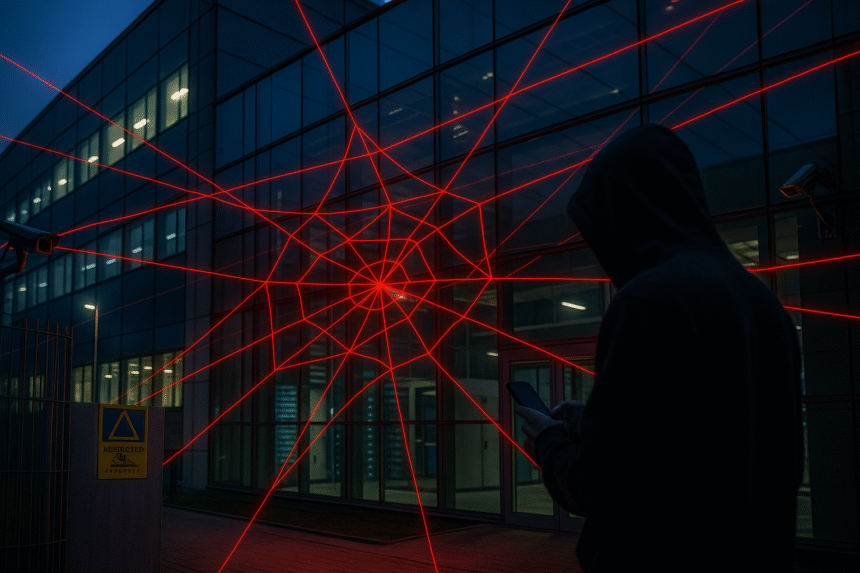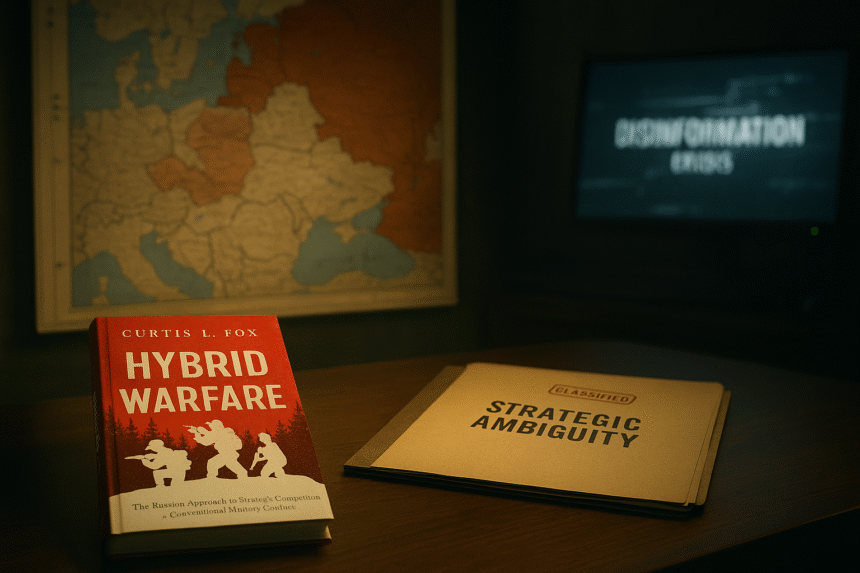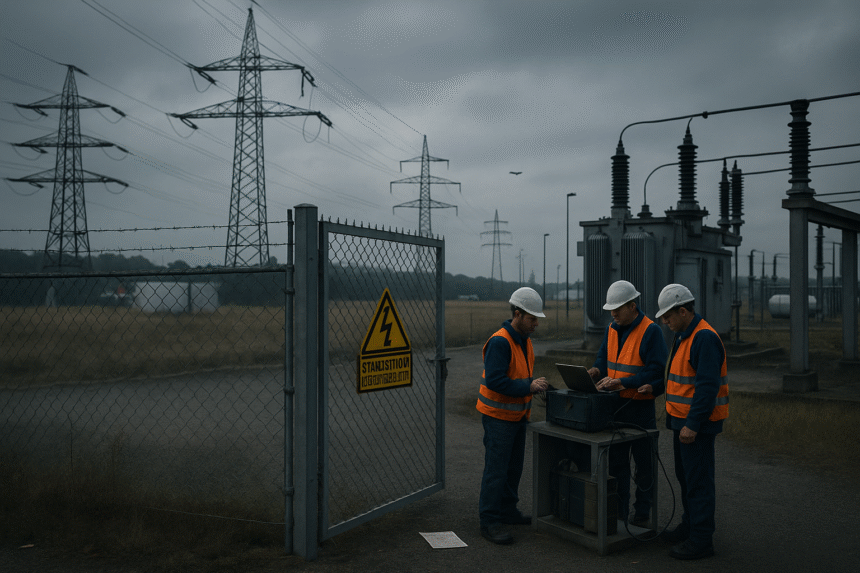Silent Sieges Beneath the Surface
Across Europe, the trains still run, the lights still glow, and clean water still pours from household taps. Yet behind this appearance of stability, adversaries wage a new form of warfare. Critical Infrastructure 2025 is no longer protected by geography or treaties. Instead, it has become the principal battlefield for hybrid warfare — a battlefield where Russia, China, and other hostile actors aim to fracture Europe’s sovereignty not with tanks, but with silent, cumulative disruptions. As Curtis L. Fox notes in Hybrid Warfare:
“it is not the conquest of territory that defines modern conflict, but the conquest of function.”
Europe must now start defending itself along all its 21st-century frontiers.

Infrastructure as a Target: The New Logic of Conflict
Historically, critical infrastructure — such as power stations, railways, and communication hubs — remained outside the direct line of fire. In 2025, that assumption has been proven wrong. Energy Resilience 2025 revealed how Europe’s dependency created vulnerabilities.
Yet the threat stretches beyond gas pipelines. As Politico reported in 2024, coordinated sabotage attacks on fibre optic networks in France disrupted internet access for millions, revealing how easily information lifelines can be severed.
Similarly, the European Commission has warned that water supply infrastructure remains vulnerable to both cyber and physical sabotage. As Ion Mihai Pacepa describes in Disinformation:
“True hybrid aggression strikes where society assumes permanence — food, water, light, movement — and corrodes them until panic, not invasion, topples order.”
Critical Infrastructure 2025 shows that Europe’s systems, which were once treated as neutral utilities, have become strategic vulnerabilities.

Cyber and Physical Convergence: Hybrid Warfare’s New Form
The hybrid siege on Europe’s infrastructures operates simultaneously in cyberspace and the physical world. According to the ENISA Threat Landscape for Critical Infrastructures, attacks on transport, healthcare, and water sectors rose by 38% between 2023 and 2024. Rail networks, airports, and maritime hubs are increasingly facing coordinated ransomware campaigns, combined with disinformation efforts designed to amplify public distrust of service continuity.
Physical sabotage has escalated, too. The Nord Stream pipeline attacks, analysed by the BBC, highlighted how a few strategic explosions could unleash massive geopolitical consequences. Similar tactics — smaller and quieter — now target Europe’s less-defended assets, including telecommunications relays, railway signalling systems, and energy substations. As Renée DiResta warns in Invisible Rulers:
“In the hybrid battlespace, the enemy wins not by destroying the castle, but by disabling its lights, cutting its water, severing its messengers, and leaving it to rot from within.”
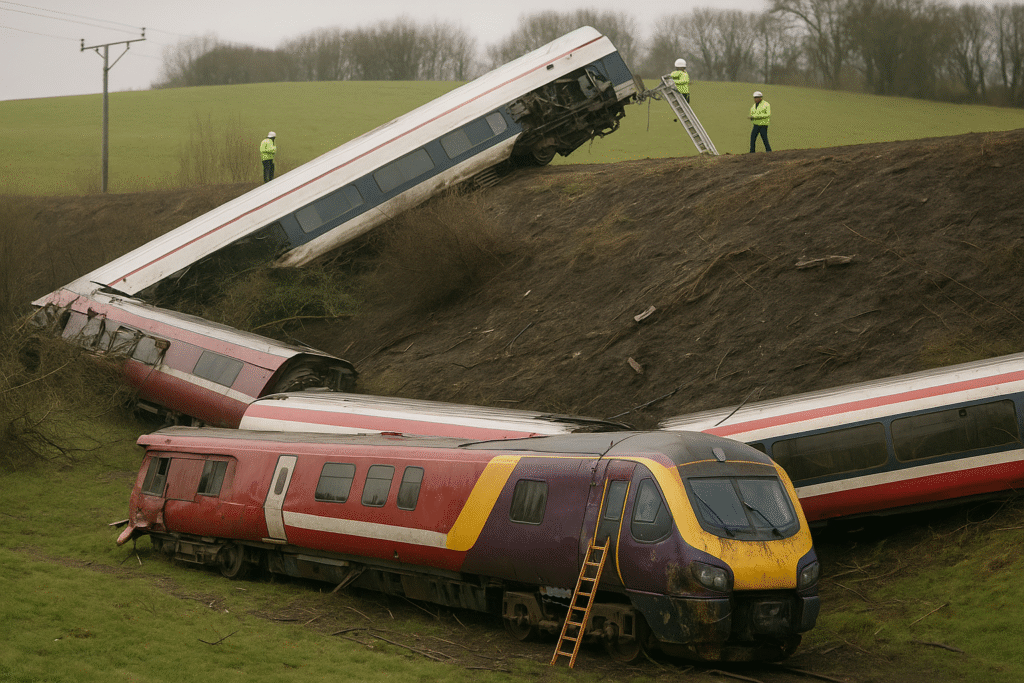
Europe’s Fragmented Response: A Dangerous Blindspot
Despite increasing awareness, Europe’s institutional response to critical infrastructure threats remains dangerously fragmented. The Critical Entities Resilience Directive (CER) represents a step forward, mandating improved resilience standards across sectors. However, as Hybrid Warfare emphasises:
“Defence requires coherence, and coherence demands political courage, not bureaucratic diffusion.”
National-level implementation varies wildly. Some states invest heavily in cybersecurity and physical protection; others rely on paper frameworks and interagency committees. Meanwhile, adversaries exploit gaps between jurisdictions, targeting nodes that fall between regulatory cracks. Without comprehensive, integrated civil-military resilience planning, Critical Infrastructure 2025 will remain Europe’s most vulnerable frontline — not because of its ordinariness, but despite it.

Infrastructure Is the New Sovereignty
In the 21st century, sovereignty is defended not only at borders, but in server rooms, control towers, water plants, farms, and rail yards. Critical Infrastructure 2025 shows that Europe’s civil systems — invisible when functional — become catastrophic when disrupted. As Russ Kick warns in Everything You Know Is Wrong:
“The fragility of our connected systems ensures that collapse will seem impossible—until the moment it is inevitable.”
Europe must harden its physical and cyber infrastructures with the same urgency it once reserved for military defence. Protecting lifelines — not just territory — is now the primary task of sovereignty. In a hybrid war, the enemy need not conquer cities. They need only turn off the power, sever the communications, poison the water, and wait.
Stand for Europe’s Hidden Frontlines
Independent journalism reveals the silent battles now fought across Europe’s infrastructures — battles that decide sovereignty and survival. If you believe defending Europe’s future demands defending its hidden lifelines, stand with us.
Support our investigations on Patreon and help arm Europe’s last, invisible lines of defence.
